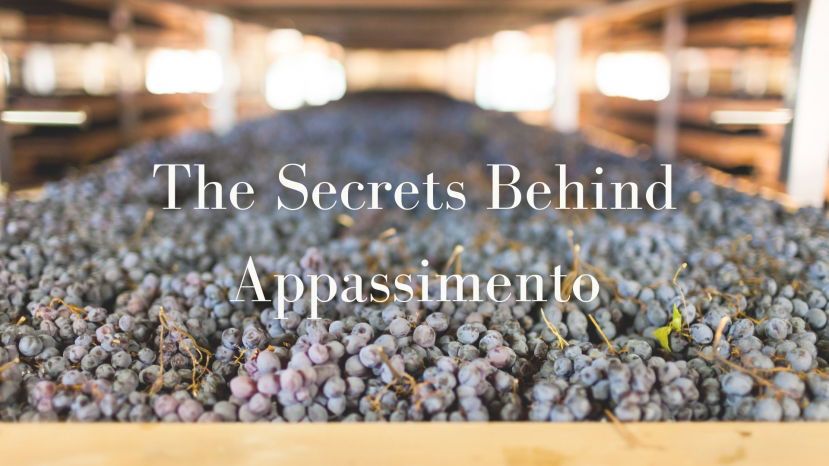BLOG
Italian red grape
Italy’s wealth of grape varieties presents wine connoisseurs with many tantalizing prospects, particularly on the red wine spectrum. While Sangiovese and Nebbiolo still reign supreme, numerous grape varieties have re-emerged from hiding in recent years to spellbind wine lovers around the world. In Italy, the story of how some of these grapes transitioned from obscurity to fashionably cool can be just as compelling as the wines themselves. In many cases, the wines from these grapes are shining in a way they never have before, thanks to more informed decisions in the vineyard and winery.
Here are five up-and-coming Italian red grapes to pay attention to. While all of these grapes have been around for centuries, their resurgence has meant a quality revolution and increased interest from the international marketplace.
In the previous post, we considered lesser known red grape varieties and wines from Piemonte. For this article, we will examine similar wines and grapes from Trentino, Friuli Venezia Giulia and Sicily.
Summary:
A very ancient wine production method probably used by the Phoenicians and certainly by the Greeks, the Italians have raised it to an art form producing today some of the world’s most alluring wines.
In this WSG Live, we will discover the secrets behind “appassimento”, learn its challenges in various regions of Italy and, how it affects the style and the quality of the final
A number of Friuli’s native varieties were rescued from the brink of disappearance. Let us introduce you to Vitovska and Pignolo.
Vitovska: The name of this white grape variety is of clear Slavic origin, but it is generally considered to be a native variety of both eastern Friuli and Slovenia, as it was historically only cultivated in Carso (in the province of Trieste) and in Slovenia.
Are you looking for the best Italian red grapes? The wonderful thing about Italian red grape varieties is that they are distinctly Italian. Plenty of winegrowers around the world have made attempts at growing Sangiovese, Nebbiolo and Barbera, but few have come even close to matching the results of these grapes’ native soils. As a rule, Italian grape varieties don’t care to leave Italy, and who could blame them? Completely at home in their places of origin or tradition, each Italian red grape has evolved and adapted in perfect harmony with their surroundings.






